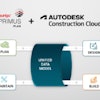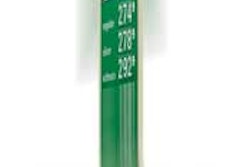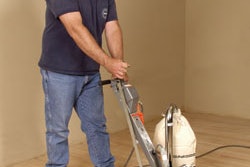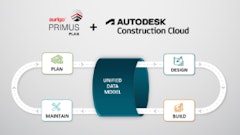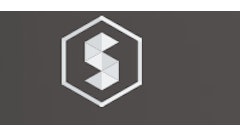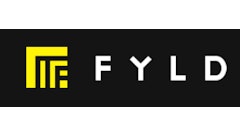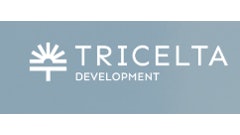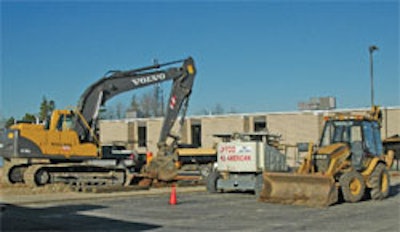
Bids are competitive by nature and can either be fixed, cost--plus or some combination. In most cases, they will deal with materials, labor, overhead and equipment. Obviously, these estimates move around from job to job depending on working conditions, weather, available work and general timing. It is an art to properly bid and administer a workforce to bring a job to a timely and profitable conclusion.
So if it takes "good" data to properly prepare reasonable bids, it makes sense to keep variables to a minimum when your records are less than stellar. In those cases, you bid what you can control and use other sources to get prices for other materials and services.
This is especially true regarding equipment. Equipment has a high value, and therefore high maintenance costs.
Where the record keeping isn't very good, it stands to reason the equipment "rates" may also be lacking.
Get data from outside sources
You can start by getting benchmarking data for equipment owning and operating costs from a dealer. For example, say you have a unit that is three years old and will be on site for a year. You could ask the dealer what the maintenance costs would be for a three--year--old machine, as well as what a reasonable depreciation rate would be for such a unit. The total of those two costs should give you a starting point to determine how your bid costs compare to this estimated cost. If you are off a little, you can live with it. If you are off a lot, there is a problem that requires follow up.
Another option is to compare equipment in your fleet to units found on rental company yards. Keep in mind that shorter--term projects tend to be more in tune with rental company rates.
Rental companies do our homework for us by providing rates for units on site for a couple of days, a week or a month. The shorter the term, the higher the hourly rate will be to compensate for downtime associated with moving equipment.
On a monthly rental, the unit stays on site and is generating dollars for the full 28--day cycle. Weekly or daily rentals equate to downtime and additional expense, which has to be made up with higher rates. The point is that equipment has to generate a certain amount per day, week, month or year to cover the annual cost to own and service it.
The logic used by rental companies is no different than what should be used by contractors. Own a piece of equipment and you have to cover the nut, which means generating enough revenue to do so. The option and benefit a rental company gives you is the ability to tell them to pick up the equipment when not in use.
Maximum return over the short term
So how are equipment costs estimated? Using our dealer friends gives you pure cost numbers to use as a starting point for comparison. Of course, you need to determine that all costs are included and are current.
From the rental company standpoint, rates reflect a gross profit from rental activities that are in the 30% to 40% range. If this is the case, their costs are in the 60% to 70% range. If a rental unit rents for $1,000 per month, your starting point for cost would be $600 to $700 per month or $21 to $25 per day. If it was a week, it would be approximately $25 to $30 per day for a week or $54 to $63 on a daily basis. It's something to think about. The rental companies have figured it out'maintain a high utilization with short-term rentals to make the most money.
Your bidding process is very important to getting jobs and generating cash flow. Knowing your costs is just as important. Using outside sources to help you benchmark costs is a smart thing to do.
Garry Bartecki is director of dealer/distributor services at BDO Seidman, LLP of Chicago, as well as a consultant to the AED. He has also worked as an independent CPA and consultant to equipment dealers. He can be reached at (312) 616-4677 or [email protected].
------------------------------------------------------
Rental Rates Build In ROI
Contractors can learn a lot by using rental rates as a benchmark for estimating equipment costs, particularly on short--term projects. Following is an example of how costs are calculated into the rental rates:
More of the owning and operating costs of equipment are built into short--term rates. This enables rental centers to effectively cover the expenses and downtime associated with moving equipment from site to site.



